SCOTUS Rules Andy Warhol’s Prince Portraits Are Not Fair Use
The IP Law Blog
MAY 25, 2023
Supreme Court ruled Thursday that Andy Warhol’s portraits of music legend Prince did not qualify as fair use under copyright law. The decision affirms a previous ruling by the Second Circuit, which found that Warhol’s artwork shared the same commercial purpose as the original photograph taken by photographer Lynn Goldsmith.

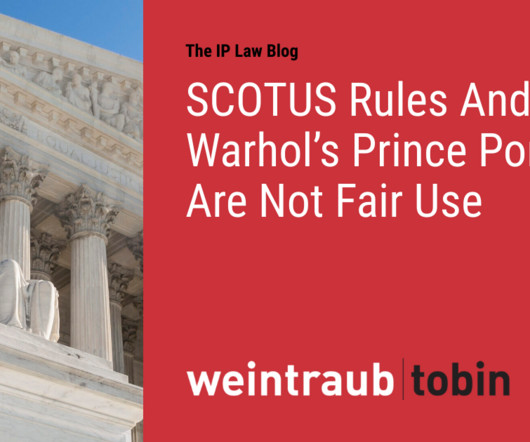
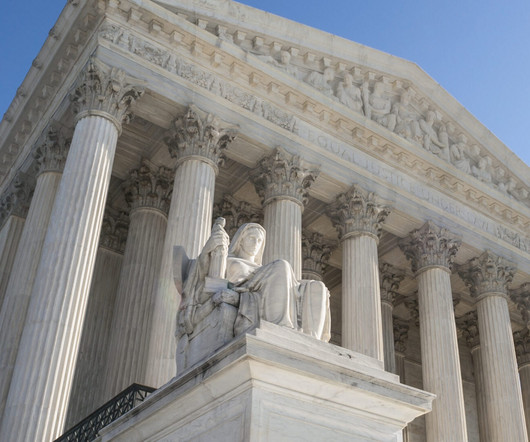




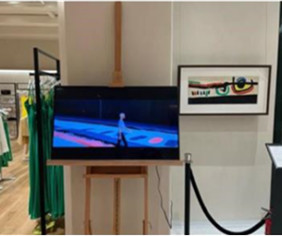

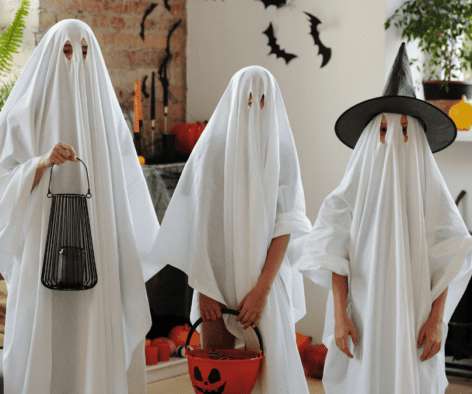


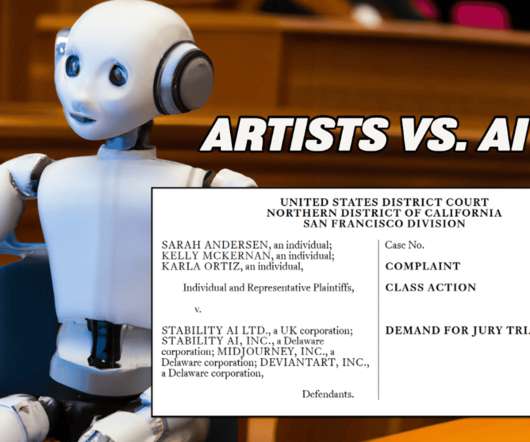
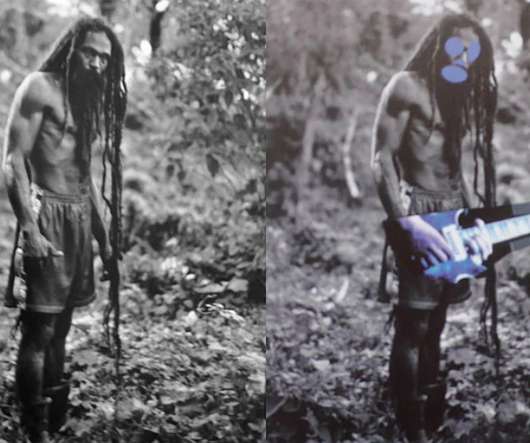
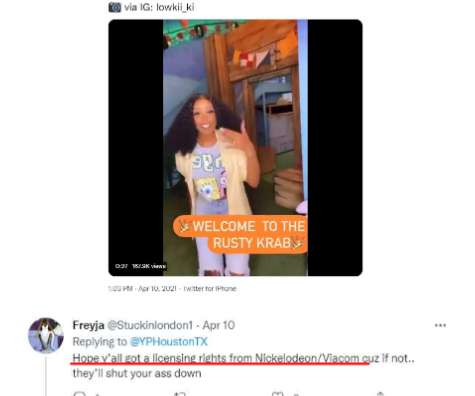

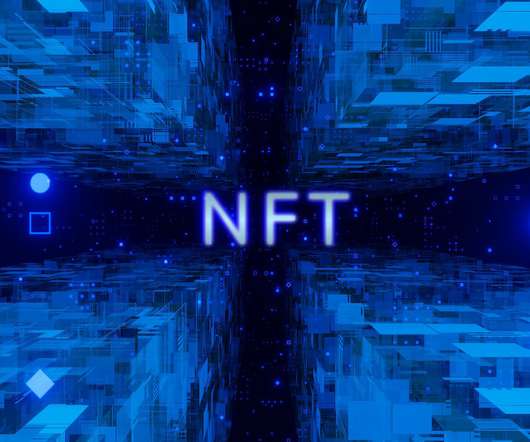


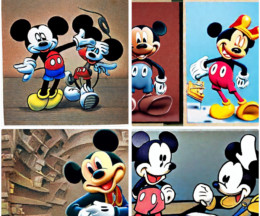


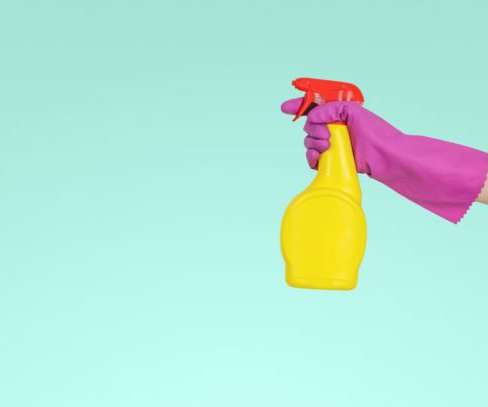






Let's personalize your content